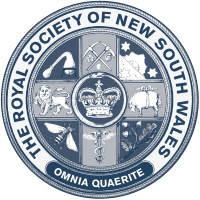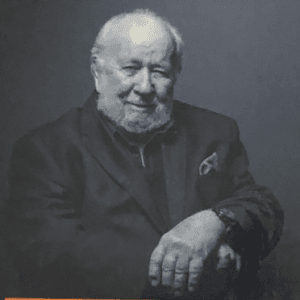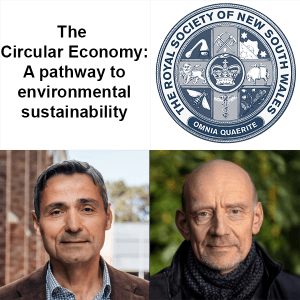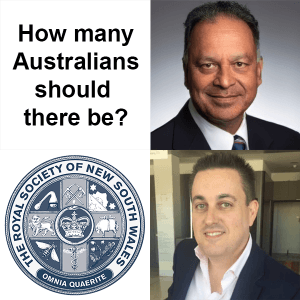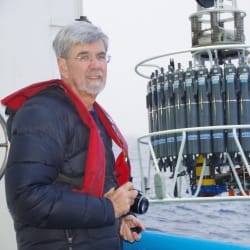
 “What do we really know about 20th- and 21st-century sea-level change?”
“What do we really know about 20th- and 21st-century sea-level change?”
Emeritus Professor John Church AO FAA FTSE FAMS FAGU
Climate Change Research Centre
UNSW Sydney
Date: Wednesday, 29 November 2023, 6.00 pm for 6.30 pm AEDT
Venue: Gallery Room, State Library of NSW, Shakespeare Place, Sydney
Video presentation: YouTube video
All are welcome
Summary: Accelerating sea-level rise in much of the world will result in growing impacts through the 21st century and beyond. Despite the clear identification of an accelerating rise, many uncertainties remain. Understanding historical sea-level change is a prerequisite for building confidence in useful and accurate predictions of future changes.
For many decades, our limited knowledge of the contributions to sea-level change could not explain the rise measured by coastal tide gauges — the sea level enigma. New and improved in situ and satellite observations of the ocean, improved understanding of the “solid Earth”, and better understanding and improved modelling of the climate system have helped resolve this enigma. A number of recent studies have argued that the sum of contributions from both observations and model estimates to sea-level change over the satellite era, the last half century, and since 1900 adequately explains the observed sea-level rise, which means the sea-level budget is closed. The major contributions are from ocean thermal expansion and contributions from glaciers, with an accelerating ice sheet contribution over the recent decades.
Our recent work has explored the sensitivity of global and regional sea-level reconstructions to poorly known land motions and the factors causing temporal and regional variations in the rate of rise. With this knowledge, existing reconstructions of global mean sea level are mostly not significantly different from each other from 1900 to the present, both in the time-averaged rate and the temporal variability. However, while the average rate from 1900 to the present is similar to that from the sum of contributions, the rate of reconstructed GMSL rise is significantly smaller/larger than the sum of contributions prior to 1940/after 1970. Why is this? What do we really know? What are potential explanations for this continuing enigma?
And what can we project about future sea levels, both for the 21st century and beyond? And can we constrain projections for the 21st century and beyond?
Dr John Church is an Emeritus Professor in the Climate Change Research Centre, University of New South Wales. He has published across a broad range of topics in oceanography. His area of expertise is the role of the ocean in climate, particularly anthropogenic climate change, and the oceanic storage of increased heat in the World’s oceans. He is recognised as a world leader in understanding historical and projected global and regional sea-level rise, having provided historical estimates of sea-level change since the late 19th century, robust explanations for the rise, its attribution to greenhouse gas emissions and improved projections of global and regional sea-level rise.
He is the author of over 180 refereed publications and over 110 other reports and has co-edited three books. He was the co-convening lead author for the Chapter on Sea Level in the IPCC Third and Fifth Assessment Reports. His expertise has been recognised nationally and internationally with a number of highly significant awards: the Roger Revelle Medal by the Intergovernmental Oceanographic Commission (2006), a CSIRO Medal for Research Achievement (2006), the Eureka Prize for Scientific Research (2007), the AMOS R.H. Clarke Lecture (2008), the AMOS Morton Medal (2017), a joint winner of the BBVA Frontiers of Knowledge Climate Change Category Prize (2019), the AAS Jaeger Medal (2021), the Royal Society of New South Wales James Cook Medal (2022), and the Prince Albert I Medal of the International Association for Physical Sciences of the Ocean (2023). He is an Officer of the Order of Australia, a Fellow of the Australian Academy of Science, the Australian Academy of Technology and Engineering, the American Geophysical Union, the American Meteorological Society, and the Australian Meteorological and Oceanographic Society.
| Gallery Room, State Library of NSW, Shakespeare Place, Sydney | |
| Date: | Wednesday, 29 November 2023, 06:00 PM |
| Venue: | Gallery Room, State Library of NSW, Shakespeare Place, Sydney |
| Entry: | No Charge |
In Person Event
All are Welcome
